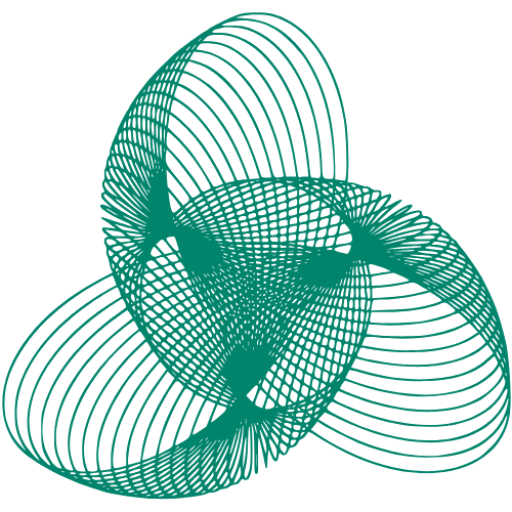As global data consumption surges, data centers face escalating energy demands, contributing significantly to operational costs and environmental impact. DeepSeek, an advanced AI system, offers transformative solutions to curtail energy use while maintaining performance. This article explores specific strategies enabling DeepSeek to thrive in low-energy-cost data centers, leveraging hardware, algorithmic, and infrastructural innovations.
1. Energy-Efficient Hardware: Specialized Chips and Custom ASICs
DeepSeek optimizes energy use by deploying specialized hardware tailored for AI workloads. Tensor Processing Units (TPUs) and NVIDIA’s A100 GPUs, which offer 30x higher efficiency than traditional CPUs for machine learning tasks, exemplify this approach. Custom Application-Specific Integrated Circuits (ASICs) designed for DeepSeek’s algorithms further reduce power consumption by eliminating unnecessary circuitry. For instance, Google’s TPUs reduce energy use by 50% during inference tasks, setting a precedent for DeepSeek’s hardware integration.
2. Algorithmic Optimization: Sparse Models and Quantization
DeepSeek employs techniques like pruning at data centers (trimming redundant neural connections) and quantization (reducing numerical precision from 32-bit to 8-bit), slashing computational load by up to 75%. Model distillation, where compact models mimic larger ones, maintains accuracy while using fewer resources. Sparse models, such as those developed by NVIDIA, demonstrate 10x speedups, enabling DeepSeek to deliver high performance with lower energy expenditure.
3. Intelligent Cooling Systems: AI-Driven Dynamic Adjustments
Cooling constitutes 40% of data center energy use. DeepSeek integrates AI to predict thermal hotspots using real-time sensor data, dynamically adjusting cooling distribution. Pairing this with immersion cooling—where servers are submerged in dielectric fluid—can cut cooling energy by 95%. Microsoft’s Project Natick, an underwater data center, leverages similar principles, achieving a PUE (Power Usage Effectiveness) of 1.07, nearing the ideal 1.0.
4. Renewable Energy Integration: Smart Grid Synchronization
DeepSeek aligns compute-intensive tasks with renewable energy availability. For example, training models during peak solar generation hours reduces reliance on fossil fuels. Tesla’s Mega Pack batteries store excess solar energy for nighttime use, a strategy DeepSeek could emulate. Google’s 24/7 carbon-free energy initiative mirrors this, scheduling workloads to match wind and solar cycles.
5. Dynamic Workload Management: Geographic and Temporal Shifting
By distributing workloads across regions, DeepSeek capitalizes on time-zone differences and variable energy pricing. Batch processing during off-peak hours in regions with lower tariffs reduces costs. AWS’s Global Accelerator service uses similar geographic load balancing, achieving 20% cost savings. Serverless architectures, like AWS Lambda, further optimize resource use by activating instances only when needed.
6. Advanced Power Management: Real-Time PUE Optimization
DeepSeek integrates with Data Center Infrastructure Management (DCIM) systems to monitor PUE in real time. By adjusting server utilization, cooling, and power distribution dynamically, it maintains optimal efficiency. Facebook’s Altoona data center achieved a PUE of 1.07 using AI-driven airflow management, a benchmark DeepSeek can surpass through continuous learning.
7. Edge Computing: Decentralizing Processing
Offloading inference tasks to edge devices reduces central data center loads. For example, Tesla’s Autopilot processes data locally in vehicles, minimizing cloud dependency. DeepSeek could deploy lightweight models on edge nodes, cutting latency and energy use by 30%, as seen in Cisco’s edge computing trials.
8. Lifecycle and Maintenance: Predictive Hardware Management
Using AI, DeepSeek predicts hardware failures and schedules maintenance, extending equipment lifespan and preventing energy waste from inefficient components. IBM’s Watson IoT employs similar predictive analytics, reducing downtime by 50% and energy costs by 15%.
Conclusion
DeepSeek’s synergy of hardware specialization, algorithmic efficiency, and intelligent infrastructure management positions it as a catalyst for low-energy-cost data centers. By adopting strategies like immersion cooling, renewable synchronization, and edge computing, DeepSeek not only slashes operational expenses but also advances sustainable AI deployment. As data demands grow, these innovations underscore the viability of eco-friendly, cost-effective data centers, setting a new standard for the industry.

